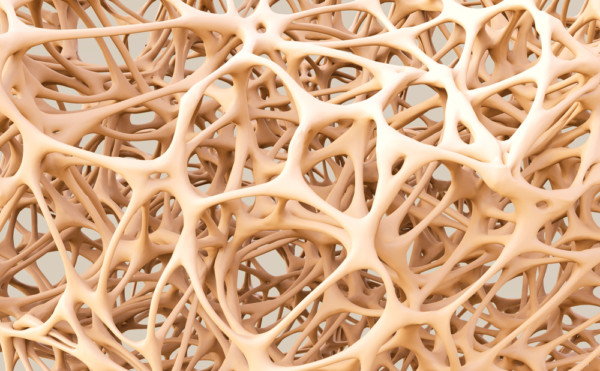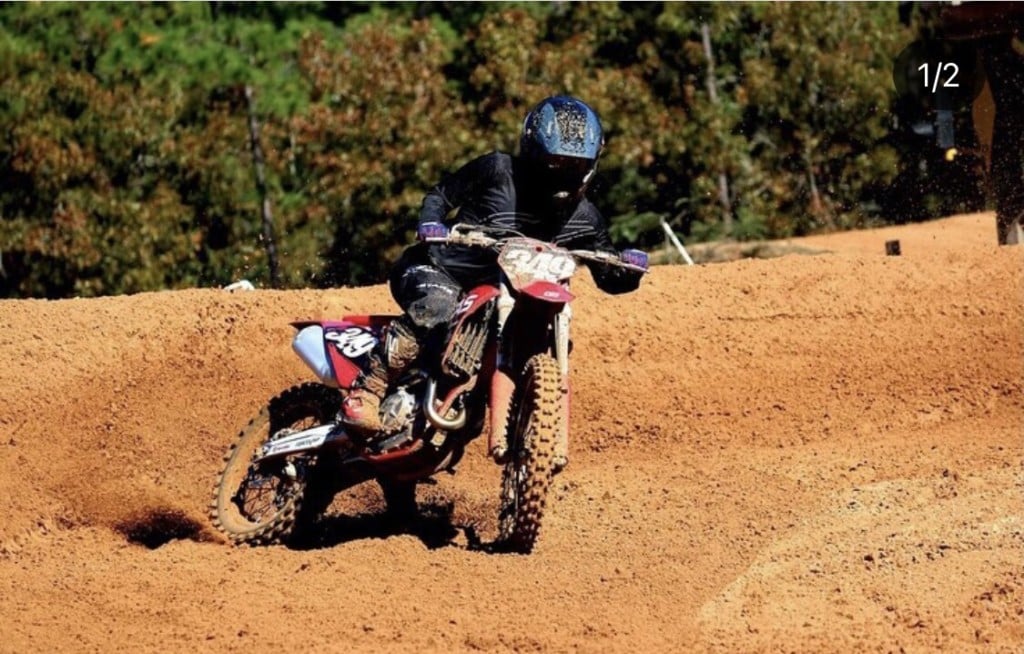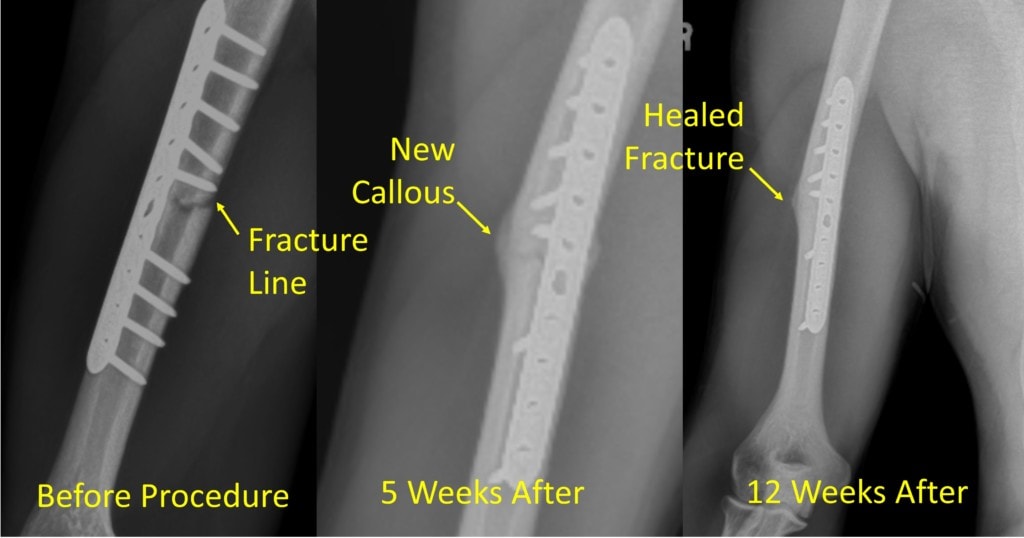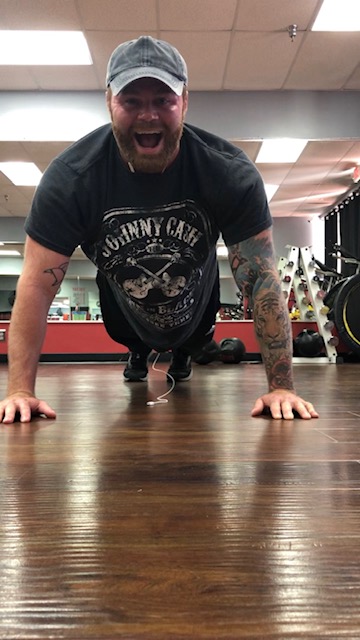Bone Marrow Concentrate and Non-union Fractures
The good news is that fractures almost always heal in a few months, but the bad news is sometimes they don’t. When that happens, that’s called a “non-union” which can be a mess requiring additional surgery. However, we’ve known for decades that bone marrow concentrate has fracture healing capabilities. Let’s dig in.
What Happens When You Fracture a Bone?
The bone on the outside has what’s called the cortex and on the inside, there are thousands of microstructural pieces called trabeculae (shown above). Between these trabeculae lives the liquid portion called bone marrow aspirate and fat. So if you fracture the bone, that liquid bone marrow spills out into the fracture line and forms a clot. Inside the clot are all of the cells you need to repair the bone including stem cells. However, every once in a while that process doesn’t work.

Credit: Shutterstock
Delayed vs Non-union
The average fracture takes about 3-4 months to show evidence of good healing on an x-ray. However, when there is no real healing or very little by 4-6 months, that’s called a delayed union. When the fracture shows no signs of healing by 9-12 months, that’s called a non-union.
What can be done to help healing? In a delayed union a common prescription is a bone stimulator. These come in two types, electromagnetic and ultrasound-based which both work by stimulating local bone-building cells called osteoblasts. When that doesn’t help, a second surgery to rebreak the area and add a bone graft is often recommended.
The Research on Using Bone Marrow Concentrate to Heal Fractures
While the idea of using stem cells from bone marrow to help heal a delayed or non-union fracture may sound like science-fiction, it’s been used for decades. How does this work? Bone marrow aspirate is taken from the back of the pelvis through a needle and then centrifuged to concentrate the stem cell containing fraction. That mix is called bone marrow concentrate (BMC). As shown in many of the studies below, the higher the stem cell content (CFU-f), the better bone healing properties BMC can achieve.
How well does injecting BMC into a non-healing fracture work? An injection of bone marrow concentrate in 60 patients with fracture non-union resulted in an 88% cure rate in a 2005 study (3). This approach worked well even in diabetic patients who are usually harder to heal with an 82% cure rate in 86 ankle non-union cases (4).
One of the biggest “messes” is a bone that becomes infected and as a result, can’t heal (non-union). Why? Because you both have to get rid of the infection with powerful antibiotics and also operate on the area to add a bone graft to stimulate healing. Hence, some of these never fully heal. However, a 2106 study showed that using bone marrow concentrate resulted in a 96% cure rate including getting rid of the infection (2). In another study, the early injection of bone marrow concentrate decreased infection risk and improved healing of severe open tibial fractures which are notoriously hard to heal (1).
In addition, to bone marrow concentrate, cultured stem cells can also be used to help fracture healing. For example, I published a paper in 2011 that used culture-expanded bone marrow stem cells to heal 6 different delayed and non-union fractures (5).
Prior Cases of Treating Non-Healing Fractures Featured on the Regenexx Blog
I’ve been blogging about the results of these precise orthobiolgic injections for almost two decades:
- Fibula ankle fracture (my wife’s)
- Non-union wrist fracture
- Shoulder humerus fracture (not a surgical candidate due to the complexity of the fracture)
- Tib-fib leg fracture
- Pelvic fracture in a senior
- Tibial stress fracture in an elite athlete
- Humeral fracture near the elbow
Adding Yet Another Great Case from Our Tampa Bay Affiliate

This is the story of a dirt bike rider who collided mid-air with another rider and fractured his right humerus (arm bone). He had a plate surgically placed, but unfortunately over the next 7-8 months, he had constant pain in the arm. He was unable to ride his dirt bike, pick up his son, or really lift anything. Follow-up x-rays and CT scans showed a delayed union. Like all patients in this situation, he was left with the prospect of another big surgery to break what little had healed and add a bone graft. As a result, he sought out Dr. Papas at our Tampa Bay affiliate.

In January of last year, Dr. Papas used precise x-ray guidance to inject bone marrow concentrate into the fracture line, as shown above. At 6 weeks after this procedure, the patient’s pain was 90% improved. The follow-up x-ray series below shows good interval healing after the procedure:

The patient has returned to playing with his son, working out, and competitive dirt biking. That includes placing first in several competitions since his procedure.

The upshot? If you or a loved one has a fracture that isn’t healing, there’s a non-surgical solution that uses the stem cells in your bone marrow to help that area heal. That procedure is far less invasive than a second surgery! We applaud Dr. Papas’ excellent work and wish this patient the best as he continues to tear up dirt bike tracks!
__________________________________________________
References:
(1) Hernigou P, Housset V, Dubory A, Rouard H, Auregan JC. Early injection of autologous bone marrow concentrates decreases infection risk and improves healing of acute severe open tibial fractures. Injury. 2020 Dec 31:S0020-1383(20)31035-4. doi: 10.1016/j.injury.2020.12.007. Epub ahead of print. PMID: 33423770.
(2) Hernigou P, Trousselier M, Roubineau F, Bouthors C, Chevallier N, Rouard H, Flouzat-Lachaniette CH. Local transplantation of bone marrow concentrated granulocytes precursors can cure without antibiotics infected nonunion of polytraumatic patients in absence of bone defect. Int Orthop. 2016 Nov;40(11):2331-2338. doi: 10.1007/s00264-016-3147-x. Epub 2016 Mar 1. PMID: 26928724.
(3) Hernigou P, Poignard A, Beaujean F, Rouard H. Percutaneous autologous bone-marrow grafting for nonunions. Influence of the number and concentration of progenitor cells. J Bone Joint Surg Am. 2005 Jul;87(7):1430-7. doi: 10.2106/JBJS.D.02215. PMID: 15995108.
(4) Hernigou P, Guissou I, Homma Y, Poignard A, Chevallier N, Rouard H, Flouzat Lachaniette CH. Percutaneous injection of bone marrow mesenchymal stem cells for ankle non-unions decreases complications in patients with diabetes. Int Orthop. 2015 Aug;39(8):1639-43. doi: 10.1007/s00264-015-2738-2. Epub 2015 Mar 22. PMID: 25795249.
(5) Centeno, et al. A Case Series of Percutaneous Treatment of Non-Union Fractures with Autologous, Culture Expanded, Bone Marrow Derived, Mesenchymal Stem Cells and Platelet LysateJ Bioengineer & Biomedical Sci 2011, S2

NOTE: This blog post provides general information to help the reader better understand regenerative medicine, musculoskeletal health, and related subjects. All content provided in this blog, website, or any linked materials, including text, graphics, images, patient profiles, outcomes, and information, are not intended and should not be considered or used as a substitute for medical advice, diagnosis, or treatment. Please always consult with a professional and certified healthcare provider to discuss if a treatment is right for you.
